Ulmus Pumila: [Cultivation, Irrigation, Associations, Pests and Diseases]
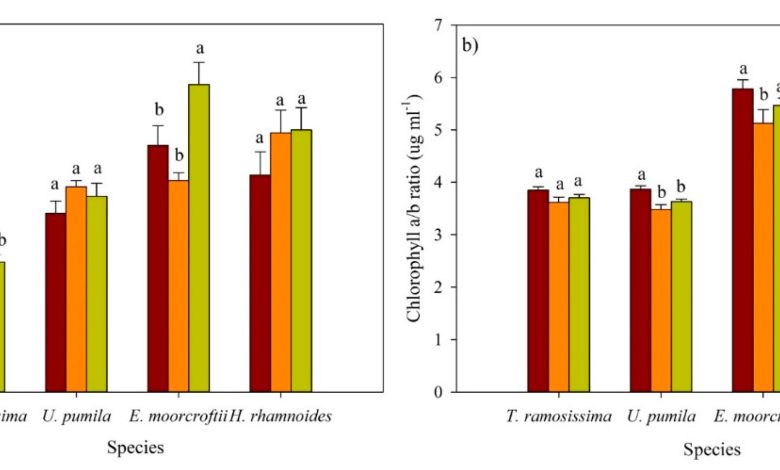
Important points when planting Ulmus pumila
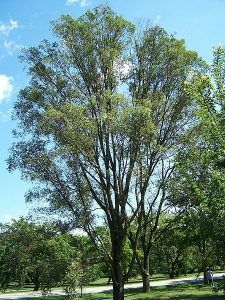 Where to sow? In full light. It needs a lot of sunlight.
Where to sow? In full light. It needs a lot of sunlight.- When? In spring.
- How do we prepare the land? Removed, removing weeds. With substrate of 70% akadama 30% kiryuzuna
- How do we water? With drip.
- How often do we water? In summer, abundant 2 to 3 times a week. The rest of the year spaced irrigation.
- Plagues and diseases? Mealybugs, Borers, Elm Beetle. graphiosis.
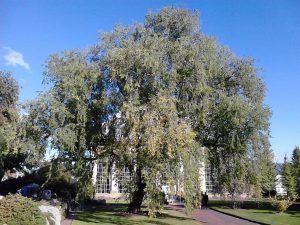 Currently, the ulmus pumila plant can be found in any region of the world, but its origins come from Siberia, China, Korea, Turkestan, India and Iran. It belongs to the Ulmaceae family.
Currently, the ulmus pumila plant can be found in any region of the world, but its origins come from Siberia, China, Korea, Turkestan, India and Iran. It belongs to the Ulmaceae family.
The name of the ulmus comes from the Latin meaning «elms» and pumila «pumilus» which alludes to its «small» size. The ulmus pumila is also known as the Siberian or Siberian elm.
The ulmus pumila has erect branches and rough bark. Its leaves are deciduous, alternate, serrated, oval with a small size, flat and with a short corner and an asymmetrical base.
Its height does not exceed 12 meters high and in very exceptional cases this branchy bush can reach a height of 25 meters. It has a fruit with a single seed located in the center.
When to sow the Ulmus pumila?
The ulmus pumila plant has its flowering time in late winter, before the leaves sprout, but its fruits ripen in spring. The ulmus pumila plant develops very well from seeds, cuttings, or layers during the spring.
Where to do it?
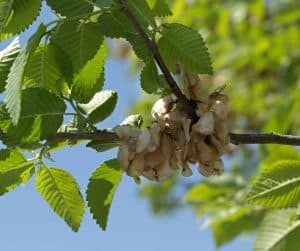 The ulmus pumila can be grown in full sun as it requires a lot of light.
The ulmus pumila can be grown in full sun as it requires a lot of light.
This plant is considered an invasive species and can be grown anywhere including cracks and hedges, rockeries and anywhere its seeds manage to germinate.
Because it is a robust type plant, it can be found at altitudes close to sea level and up to heights above 2000 meters.
The ulmus pumila is used in alignments or also forming groups in parks and gardens, since it supports urban pollution very well.
How to prepare the land?
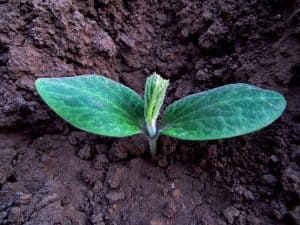 The ulmus is a type of shrub that is not demanding and can be planted in all types of soils, including limestone, withstanding high temperatures and severe winters.
The ulmus is a type of shrub that is not demanding and can be planted in all types of soils, including limestone, withstanding high temperatures and severe winters.
It prefers soils that are deep since its root system allows it to obtain the necessary nutrients for its growth from the depths.
Although ulmus pumila grows well in both poor and very compact substrates, however, a typical 70% akadama 30% kiryuzuna substrate will delight in a healthy and healthy growth.
It is a shrub that, unlike other trees of its kind (elms), does not provide abundant and dense shade, mainly due to the arrangement of its leaves.
Its spring awakening is early, we will only have to wait to see it grow to start fertilizing both in the spring budding and in the autumn, both early.
How do we water the Ulmus pumila?
It is a plant that requires abundant watering, although it can withstand drought. It is not demanding with the quality of the water, although in irrigations with very hard water lime spots will appear on the leaves and a whitish yellowish scale at the base of the trunk and surface of the substrate.
How do we sow an Ulmus pumila step by step?
To sow the pumila ulmus it is recommended:
- Prepare the place for planting, eliminating all weeds and removing the soil.
- Water very carefully, carefully and slowly, until the soil is impregnated. Constant watering is required during periods of drought to keep the plant moist.
- Provide an amount between 7 to 10 centimeters of organic mulch in the root area of the tree.
- Keep the mulch at a distance of two to six inches from the trunk.
- If you want a tree with healthy and vigorous growth, it is recommended to add special fertilizers for this type of Siberian elm during the fall.
- When the tree is growing, broken, damaged and dead branches can be pruned as many times as necessary.
To know more, you can see: Elm cuttings.
What favorable associations does it have?
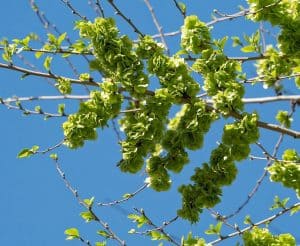 The association of crops of compatible plants produces benefits with respect to their cultivation separately, in addition to the use of light, water and/or nutrients.
The association of crops of compatible plants produces benefits with respect to their cultivation separately, in addition to the use of light, water and/or nutrients.
On some occasions, and especially in meadows or natural forests, the ulmus pumila can be seen accompanying other species such as oaks, firs and holm oaks.
But we must not forget that the ulmus pumila is an invasive species and can displace nearby plants in order to survive.
What pests and diseases attack Ulmus pumila?
 The ulmus pumila is presented as a very resistant species to diseases.
The ulmus pumila is presented as a very resistant species to diseases.
It has been planted massively to support other species because it is not attacked by the graphiosis that has been destroying the Elms. Graphiosis is a disease of the fungal type.
It is produced by a fungus that belongs to the genus Ophiostoma and is transmitted by a beetle of the Scolytidae family. But the ulmus pumila can be attacked by pests and insects, such as defoliating caterpillars, the elm beetle; Borers, Mealybugs, trunk borers.
It is also often attacked by the green aphid, the white fly and the black fungus.
Bibliography and references
- Encyclopedia My first knowledge about Plants, Snakes and Conservation. (1961). Spanish edition by Dr. Frank Thompson. Grolier Publisher Incorporated New York. Printed in Mexico.

![Photo of Apple Tree Cuttings: [Grafts, Time, Rooting and Planting]](https://www.complete-gardening.com/wp-content/uploads/2022/08/apple-tree-cuttings-grafts-time-rooting-and-planting-390x220.jpg)
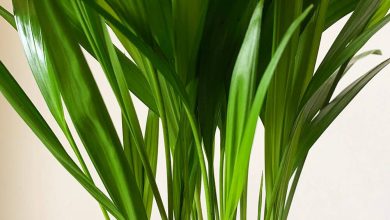
![Photo of Tuta Absoluta o Polilla del Tomate: [Cómo Identificarla y Combatirla]](https://www.complete-gardening.com/wp-content/uploads/2022/08/tuta-absoluta-o-polilla-del-tomate-como-identificarla-y-combatirla.jpg)
![Photo of Honeysuckle Cuttings: [Grafts, Time, Rooting and Planting]](https://www.complete-gardening.com/wp-content/uploads/2022/08/honeysuckle-cuttings-grafts-time-rooting-and-planting-390x220.jpg)